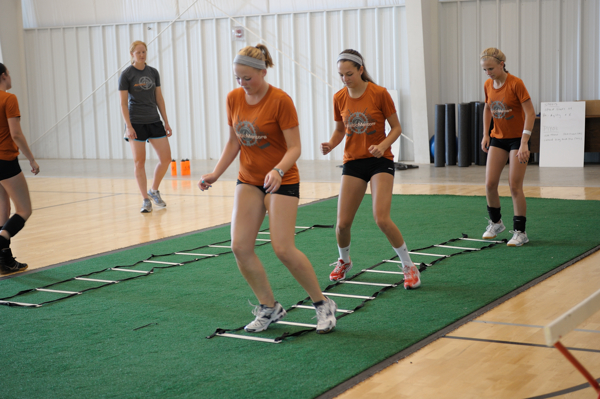It’s that time of the year when most athletes will sit down to write goals for the next year. The first step in the process should be to take a look back at the season that just ended and analyze what worked and what didn’t work. You should have a good idea of what your strengths and weaknesses were. Most athletes mistakenly think that improving their biking ability, even if that is their strength, is the easiest way for them to improve their overall time. Unfortunately, this is usually not the case. Of course coaching can help prevent this situation because they will ensure you work to improve your weakest of the disciplines.
Goals should be process focused and not outcome focused. A good goal should not be impacted by external factors. No one has control over a goal that can be determined by weather or who is competing in the race. An example of a good race goal is patience. This could mean that you will focus on appropriately pacing yourself during the first half of an ironman bike, even when all your competitors are flying by.
After you create a list of possible races and have thought about some realistic but challenging goals then you can start putting together the specific steps you will take to achieve this. If your overall goal is to improve your half iron time by 15 minutes then you need to determine what you need to work on in the off season to accomplish this. This might mean early morning strength sessions, increasing your swim frequency in December and January, or training with a power meter to better realize gains on the bike.
Most importantly write the goals down! Writing goals down forces you to clearly define and clarify them. According to Dave Kohl, professor emeritus at Virginia Tech, 80% of Americans don’t have goals, 16% do have goals, but don’t write them down and less than 1% actually review them on an ongoing basis. Actually putting the goals onto paper and reviewing them at least quarterly will help you accomplish new levels of success in the upcoming season.




 Our Hockey Site
Our Hockey Site Team AM
Team AM


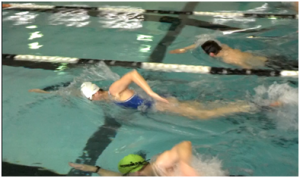

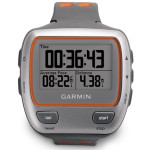 Garmin Watch – If your triathlete is at all interested in improving their results they have probably heard that training with heart rate can produce better results. The new Garmin 910XT will give them all the data they could ever want with heart rate, elevation, pace, swim distance, stroke count and a few other metrics. They will then be able to track their progress when they upload their data to the Garmin software or into Training Peaks. I can honestly say that my Garmin watch is one of the best purchases I have ever made. For more information, visit:
Garmin Watch – If your triathlete is at all interested in improving their results they have probably heard that training with heart rate can produce better results. The new Garmin 910XT will give them all the data they could ever want with heart rate, elevation, pace, swim distance, stroke count and a few other metrics. They will then be able to track their progress when they upload their data to the Garmin software or into Training Peaks. I can honestly say that my Garmin watch is one of the best purchases I have ever made. For more information, visit: 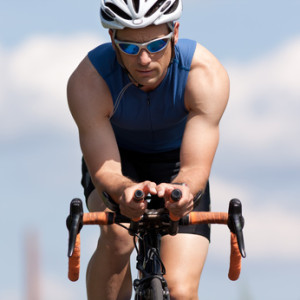
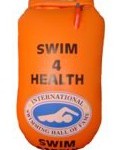 Swim Buoy – Greatest invention for open water swimming. My training buddy and I always have these with us. They are very visible in the water and are reasonably priced at $35. When we are taking recovery intervals we even take time to float around on these. For more information, visit
Swim Buoy – Greatest invention for open water swimming. My training buddy and I always have these with us. They are very visible in the water and are reasonably priced at $35. When we are taking recovery intervals we even take time to float around on these. For more information, visit 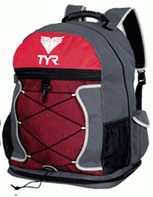 Back pack – I have not made this purchase yet but I do understand why fellow triathletes have. There have been multiple occasions where I thought I would wipe out during my pre or post race ride from transition to or from my car. There is nothing more frustrating than having to lug your gear while trying to balance on your bike. For more information, visit
Back pack – I have not made this purchase yet but I do understand why fellow triathletes have. There have been multiple occasions where I thought I would wipe out during my pre or post race ride from transition to or from my car. There is nothing more frustrating than having to lug your gear while trying to balance on your bike. For more information, visit 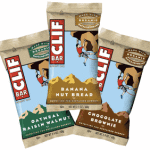
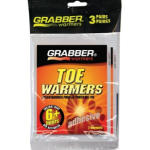 e Warmers – If your triathletes lives in the North and rides outside at all then they would probably appreciate Grabber toe warmers. These nifty disposable warmers are air activated and provide heat to your feet for up to 6 hours. For more information, visit
e Warmers – If your triathletes lives in the North and rides outside at all then they would probably appreciate Grabber toe warmers. These nifty disposable warmers are air activated and provide heat to your feet for up to 6 hours. For more information, visit  Tubes – What cyclist couldn’t use extra tubes? I like Bontrager, which feature “Tubeless Ready technology” and provide all the performance advantages of a tubeless system without the usual weight penalty. It’s a better way to go tubeless. Check them out by visiting:
Tubes – What cyclist couldn’t use extra tubes? I like Bontrager, which feature “Tubeless Ready technology” and provide all the performance advantages of a tubeless system without the usual weight penalty. It’s a better way to go tubeless. Check them out by visiting:  Aero Water Bottles – Aero water bottles are great for the triathlete who has a triathlon bike. If they are doing distances longer than Olympic I would recommend the Aquacell. If they are doing anything shorter then the aerodrink should work fine. For more information, visit:
Aero Water Bottles – Aero water bottles are great for the triathlete who has a triathlon bike. If they are doing distances longer than Olympic I would recommend the Aquacell. If they are doing anything shorter then the aerodrink should work fine. For more information, visit: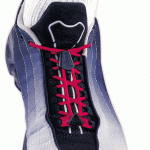 Tieless laces – This is one of the first things I would recommend an athlete use to improve their transition times. I even put these laces on all my shoes because they make putting your shoes on and taking them off so easy. Check out the options here:
Tieless laces – This is one of the first things I would recommend an athlete use to improve their transition times. I even put these laces on all my shoes because they make putting your shoes on and taking them off so easy. Check out the options here: 